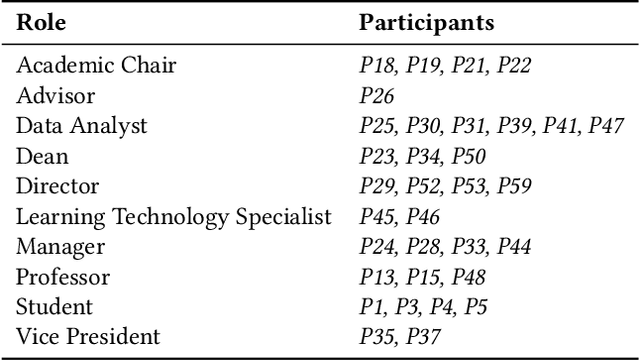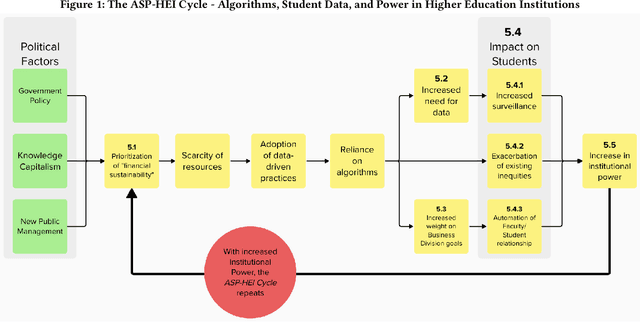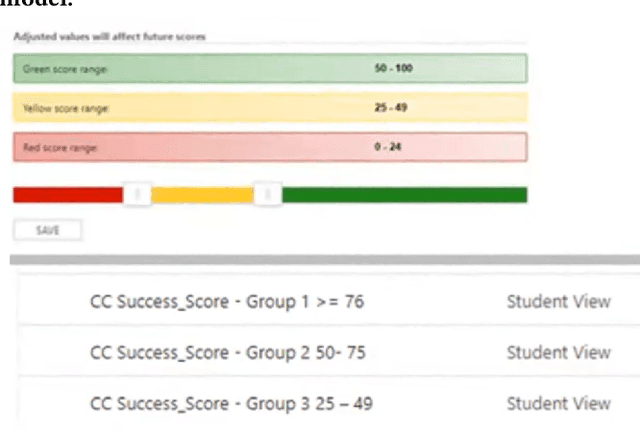Kelly McConvey
"This is not a data problem": Algorithms and Power in Public Higher Education in Canada
Mar 22, 2024


Abstract:Algorithmic decision-making is increasingly being adopted across public higher education. The expansion of data-driven practices by post-secondary institutions has occurred in parallel with the adoption of New Public Management approaches by neoliberal administrations. In this study, we conduct a qualitative analysis of an in-depth ethnographic case study of data and algorithms in use at a public college in Ontario, Canada. We identify the data, algorithms, and outcomes in use at the college. We assess how the college's processes and relationships support those outcomes and the different stakeholders' perceptions of the college's data-driven systems. In addition, we find that the growing reliance on algorithmic decisions leads to increased student surveillance, exacerbation of existing inequities, and the automation of the faculty-student relationship. Finally, we identify a cycle of increased institutional power perpetuated by algorithmic decision-making, and driven by a push towards financial sustainability.
A Human-Centered Review of Algorithms in Decision-Making in Higher Education
Feb 12, 2023Abstract:The use of algorithms for decision-making in higher education is steadily growing, promising cost-savings to institutions and personalized service for students but also raising ethical challenges around surveillance, fairness, and interpretation of data. To address the lack of systematic understanding of how these algorithms are currently designed, we reviewed an extensive corpus of papers proposing algorithms for decision-making in higher education. We categorized them based on input data, computational method, and target outcome, and then investigated the interrelations of these factors with the application of human-centered lenses: theoretical, participatory, or speculative design. We found that the models are trending towards deep learning, and increased use of student personal data and protected attributes, with the target scope expanding towards automated decisions. However, despite the associated decrease in interpretability and explainability, current development predominantly fails to incorporate human-centered lenses. We discuss the challenges with these trends and advocate for a human-centered approach.
 Add to Chrome
Add to Chrome Add to Firefox
Add to Firefox Add to Edge
Add to Edge